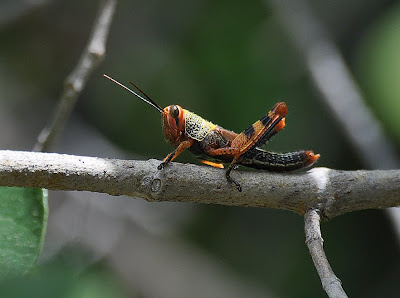FF
Discovered by surveyors for the Overland Telegraph Line in the latter part of the nineteenth century, the Bitter Springs are located approximately two kilometres from Mataranka in the Katherine region. The Springs are located amongst palms and tropical woodlands in the Elsey National Park. The Roper River begins within the boundaries of the 13,840 hectare Elsey National Park.
Numerous springs within the Park feed the Roper River. The Roper River is one of the largest rivers in the Northern Territory, Australia, extending east for over 500 km to meet the sea in Limmen Bight on the Gulf of Carpentaria. It is navigable for about 145 km, until the tidal limit at Roper Bar, and forms the southern boundary of the region known as Arnhem Land.
Mataranka Hot Springs and the township of Mataranka lie close to the river at its western end. Port Roper lies near its mouth on Limmen Bight. The first European to explore the Roper River was Ludwig Leichhardt in 1845 as he made his way from Moreton Bay to Port Essington. Leichhardt crossed the river at Roper Bar, a rocky shelf which conveniently lies at the high tide limit on the river. He named the river after John Roper, a member of the expedition.
FF
Blue Lily Nymphaea violacea
Bitter Springs Mataranka
FF
Discovered by surveyors for the Overland Telegraph Line in the latter part of the nineteenth century, the Bitter Springs are located approximately two kilometres from Mataranka in the Katherine region. The Springs are located amongst palms and tropical woodlands in the Elsey National Park. The Roper River begins within the boundaries of the 13,840 hectare Elsey National Park.
Numerous springs within the Park feed the Roper River. The Roper River is one of the largest rivers in the Northern Territory, Australia, extending east for over 500 km to meet the sea in Limmen Bight on the Gulf of Carpentaria. It is navigable for about 145 km, until the tidal limit at Roper Bar, and forms the southern boundary of the region known as Arnhem Land.
Mataranka Hot Springs and the township of Mataranka lie close to the river at its western end. Port Roper lies near its mouth on Limmen Bight. The first European to explore the Roper River was Ludwig Leichhardt in 1845 as he made his way from Moreton Bay to Port Essington. Leichhardt crossed the river at Roper Bar, a rocky shelf which conveniently lies at the high tide limit on the river. He named the river after John Roper, a member of the expedition.
FF
Blue Lily Nymphaea violacea
Bitter Springs Mataranka
FF

FF
Buchnera tetragona
Bitter Springs Mataranka
FF
 FF
FFCabbage Palm Livistona mariae ssp. rigida
Bitter Springs Mataranka Roper River
FF
 FF
FFCalandrinia uniflora
Bitter Springs Mataranka
FF
 FF
FFCicada's Shells
Bitter Springs Materanka
FF
 FF
FFCommelina ensifolia
Bitter Springs Mataranka
FF
 FF
FFCommon Koel Eudynamys scolopacea Male
Bitter Springs Mataranka
FF
 FF
FFKori (Australian) Bustard Araeotis kori
Bitter Springs Mataranka
FF
 FF
FFMistletoe Moth Comocrus behri
Bitter Springs Mataranka
FF
 FF
FFNative Cherry Exocarpos latifolius
Bitter Spring Mataranka
FF
 FF
FFPheasant Coucal Centropus phasiainus
Bitter Springs Mataranka
FF
 FF
FFPongamia pinnata
Bitter Springs Mataranka
FF
 FF
FFSmall Grass-yellow Eurema smilax
Bitter Springs Mataranka
FF
 FF
FFSmooth Spider Bush Clerodendrum floribundum
Bitter Springs Mataranka
FF








No comments:
Post a Comment